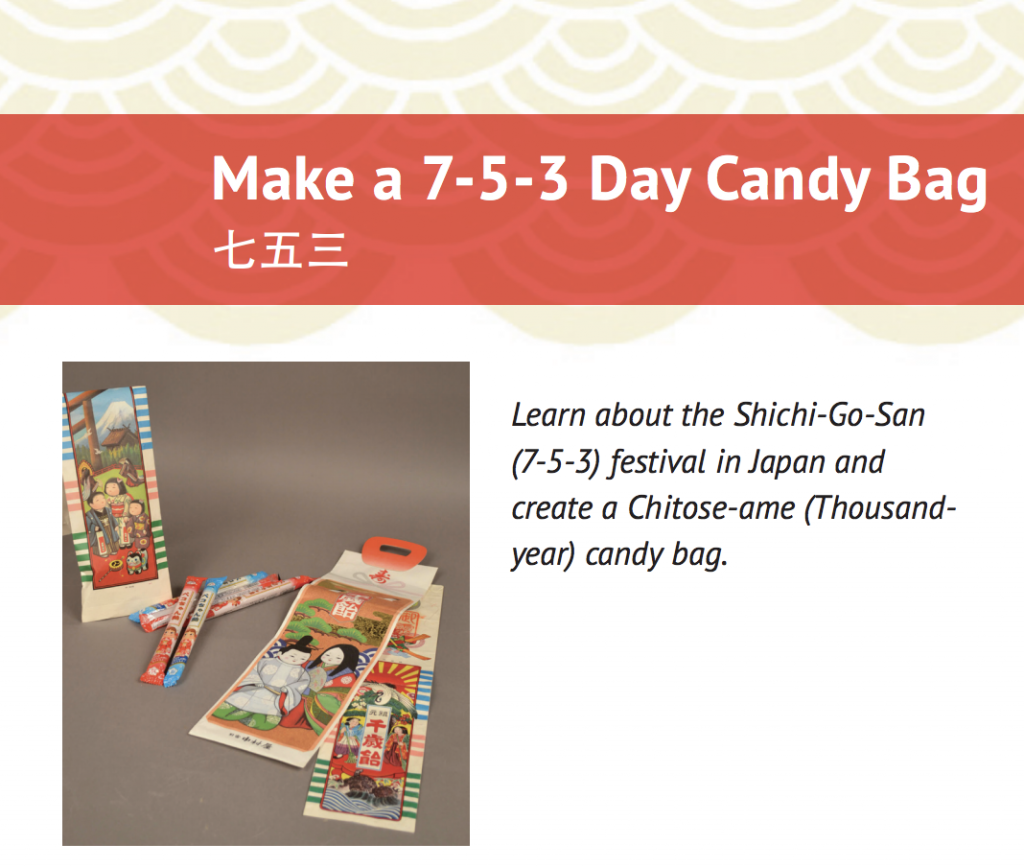Shichi-Go-San: A Japanese Birthday Celebration
Shichi-Go-San literally means seven-five-three in Japanese.
The celebration, held every November 15, is a traditional rite of passage for Japanese boys turning 3 and 5 and girls turning 3 and 7 years old.
The day is dedicated to the growth and happiness of young children.

Why 7-5-3?
There are some different explanations for the ages chosen for this celebration. According to Japanese numerology, these odd numbers are considered lucky. In ancient times, purification ceremonies happened at these ages. The numbers equal 15 – which is the date for this festival.
Shichi-Go-San is a combination of traditional milestones in a child’s early life.
- At three years old, girls and boys were allowed to start growing their hair.
- At five years old, boys could wear hakama (trousers worn with a kimono) for the first time.
- At seven years old, girls could begin wearing their first obi (a traditional, elegant sash).
Today, Shichi-Go-San is mostly observed as a way to give thanks for the health and happiness of a child.
Shichi-Go-San Traditions
The celebration traditionally takes place on November 15, but more recently families are moving it to the nearest weekend. Children dress in their traditional clothing (or suits and dresses) and attend a special ceremony at a shrine (place of worship) with their parents.
Following the ceremony, families take photographs and children receive a special type of candy called chitose ame, or “thousand-year candy.” The long, thin sticks are red and white and represent health, growth, and long life.
The candy comes in a long paper bag decorated with images of a crane and a turtle (symbols of longevity) and images of pine trees and bamboo (symbols of good luck). Other gifts such as money and toys may also be given by relatives.
Shichi-Go-San Thousand-Year Candy Bag Craft
Learn more, and make a 7-5-3 Day Candy Bag with this FREE template from the Boston Children’s Museum.
Explore Japan!
Visit our Japan Profile for a detailed map, country infographic, photo gallery, video, learning activities and more!
Japan Research Project Young explorers are guided through the research process to create a final presentation using interactive templates. Topics include geography, food, clothing, sports, language, animals, and holidays.


